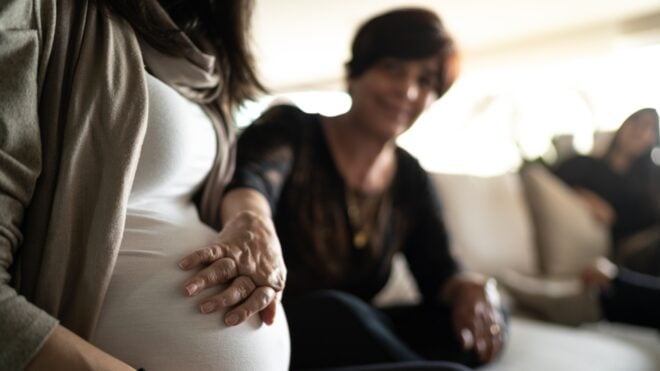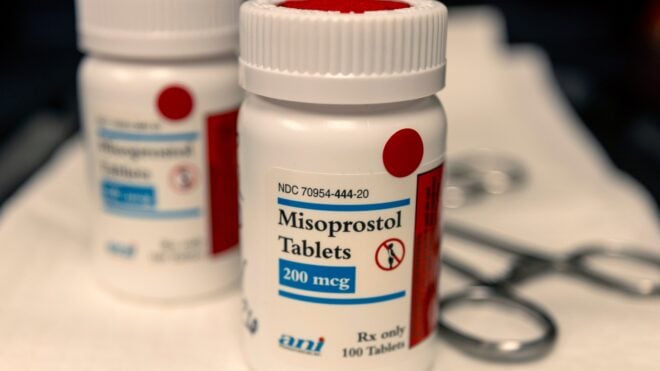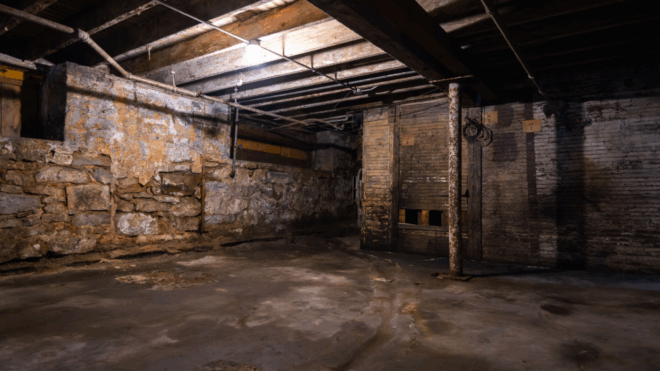
Chances are good that you've never heard of pilonidal cyst or a pilonidal abscess before. Or for that matter a coccyx cyst, sacral cyst, or pilonidal sinus either.
However, there's a pretty good chance you or someone you know has had one.
Pilonidal cyst is just a funky medical term for a type of pimple-esque sore spot that usually develops right where you least want a growth: at the very top of your rear end.
To be perfectly blunt, this kind of spot shows up at the top of your bum crack.
But very few people know why these spots develop, or, more importantly, how to get rid of them. Do you have to get pilonidal cyst treatment or even pilonidal cyst surgery or are there home remedies?
Lots of folks may not even be aware that they have a pilonidal cyst, since it does a very good job of masquerading as just another icky in-grown hair or pimple. It's also easy to mistake them for sebaceous cysts, which create similar lumps and bumps under the skin.
More from LittleThings: If You Find A Soft, Fleshy Lump Inside Your Nose, It Might Actually Be A Nasal Polyp
Fortunately, we have the skinny on these painful growths, plus lots of information on what you should do if you develop a pilonidal cyst of your very own.
Scroll through below to learn more!
What Is A Pilonidal Cyst?
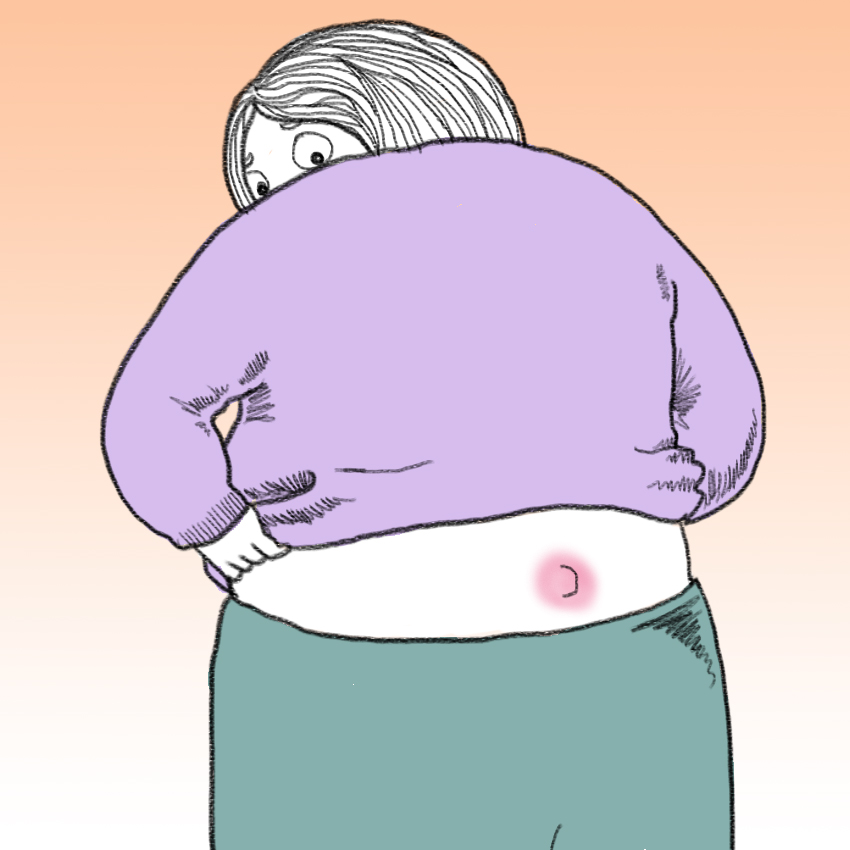
As we already noted, a pilonidal cyst is a very specific kind of sore spot that looks and feels a bit like a pimple or an in-grown hair.
The Mayo Clinic describes it as, "An abnormal pocket in the skin that usually contains hair and skin debris. A pilonidal cyst is almost always located near the tailbone at the top of the cleft of the buttocks."
Pilonidal cysts can also develop as an occupational marker on the hands.
This usually happens to people who work with scissors, like barbers and dog groomers, according to a Maimonides Medical Center study.
How Do You Get A Pilonidal Cyst?
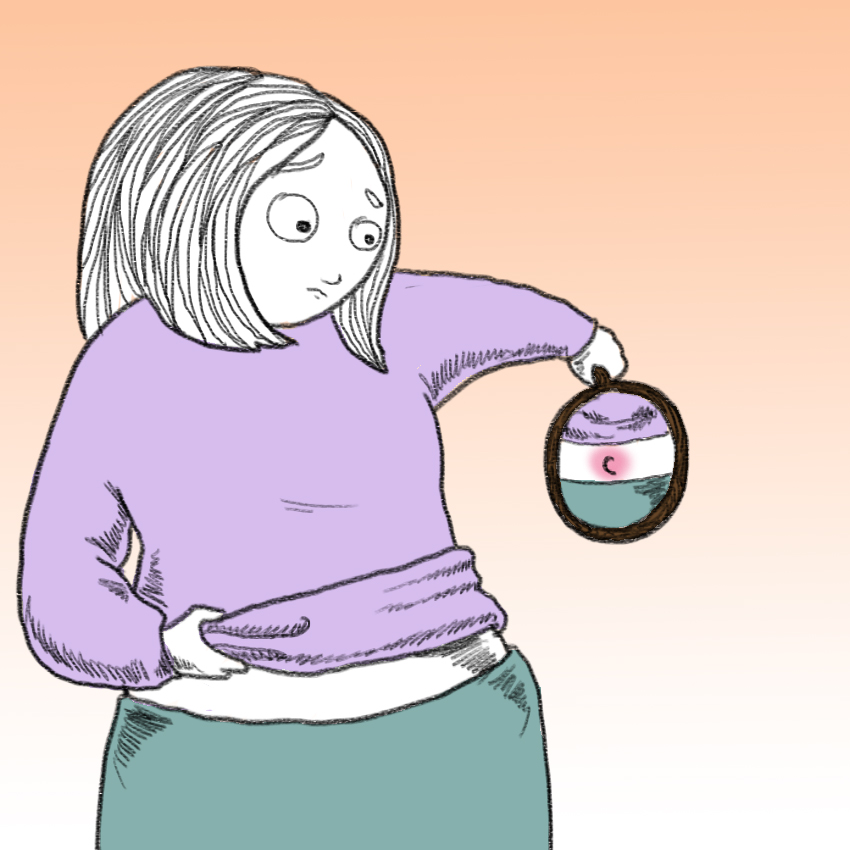
Most of the time, pilonidal cysts develop from a two-step process.
According to Boston Children's Hospital, you first develop a pilonidal sinus, which is a small open wound that might be caused by sitting for extended periods of time, or engaging in an activity like horseback riding that creates pressure on the buttocks.
Once a sinus develops, it's easy for tangles of shed hair and other skin debris to get trapped in the wound.
When that happens, your body responds by growing a protective layer of skin around the foreign objects, trapping the debris inside and creating a cyst.
Pilonidal literally means 'hair nest.'
What Does It Feel Like?

Initially, a pilonidal cyst will probably just feel like a lump at the top of your bum crack.
It might cause a little bit of pressure or pain when you sit on it, but the main symptom is just the appearance of a growth.
However, pilonidal cysts get infected very easily. If that happens, you can expect pain, redness, and swelling.
It might look like a large pimple with a whitehead, and may also leak pus, according to the Mayo Clinic.
Are There Complications?

Infection is the first major complication of a pilonidal cyst.
As we all know, infections can start small and grow into massive and dangerous illnesses if left untreated.
An infected pilonidal cyst can become an abscess, defined as a collection of pus under the skin, or an open sore. The infection might spread if not treated.
Chronic pilonidal cysts can also be a risk factor for squamous cell carcinoma, a type of skin cancer, according to a Brazilian study.
Can I Pop It?
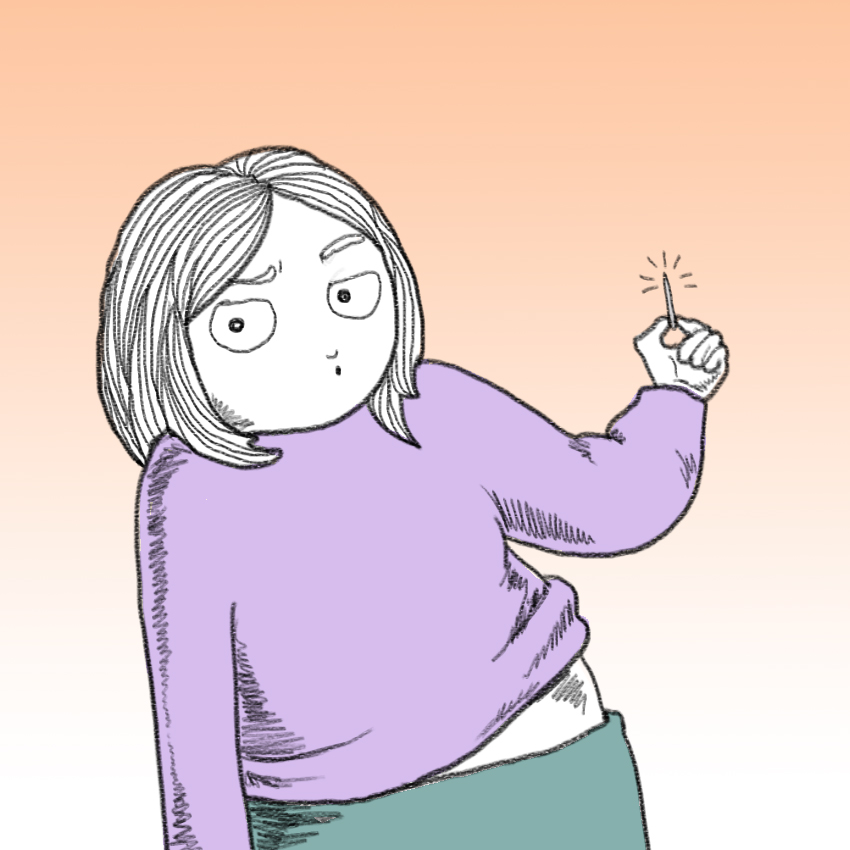
You should definitely avoid popping your cyst.
We know how tempting it can be to try to get rid of the pus and grossness with a little DIY draining, but the rules that apply to pimples, bug bites, and all other frustrating irritations apply here: If at all possible, do not break the skin.
Breaking the skin might give you temporary relief, but it's also a great way to introduce even more germs to your body, and cause a much bigger problem.
How Can I Get Rid Of It At Home?
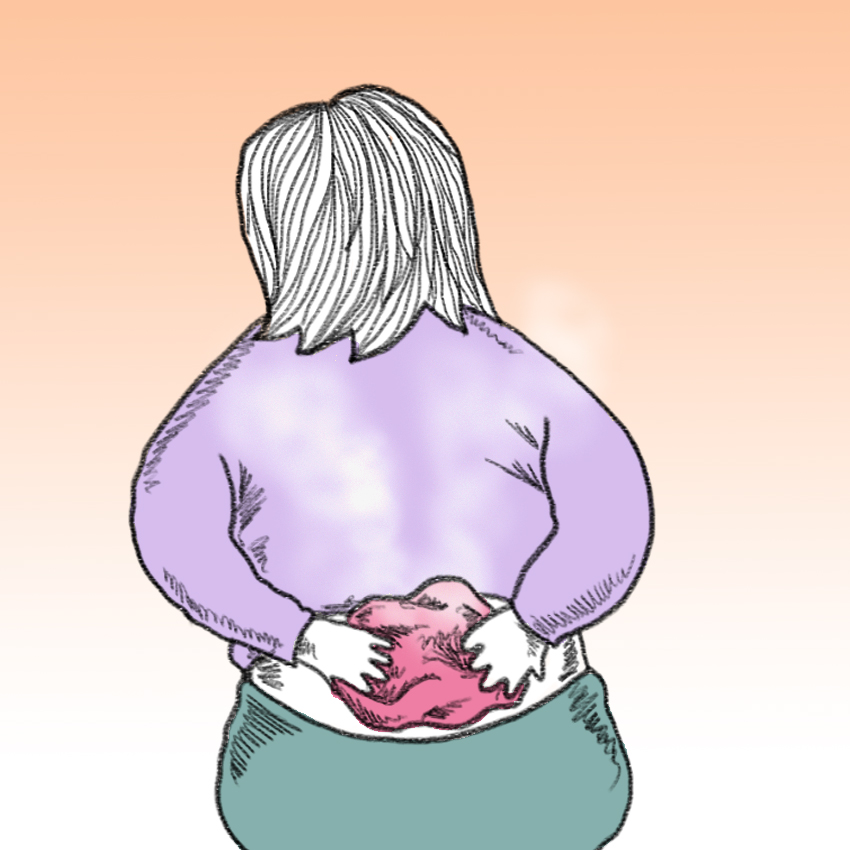
Instead of trying to pop your cyst, encourage it to drain using other DIY methods that are totally safe.
Using warm, wet compresses can soften the skin, and encourage it to open up on its own and release any hair or other debris caught inside.
The best home treatment of all is to try to catch the cyst while it's still a sinus (an open sore) and heal it before any hair or debris gets stuck inside.
When Do I Need To See A Doctor?
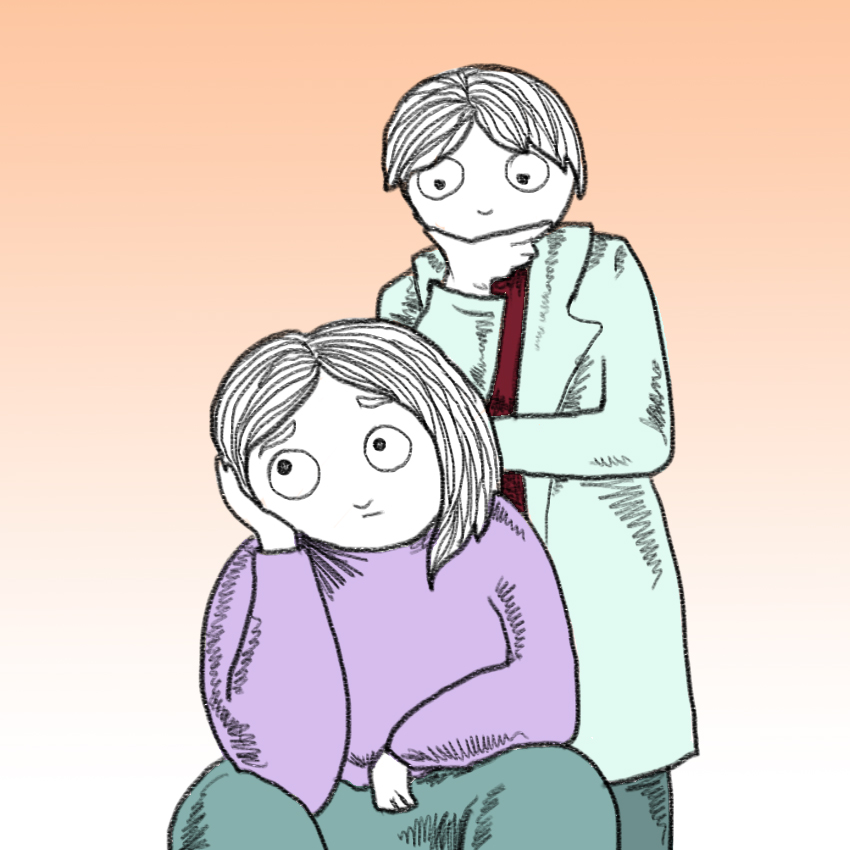
While there are home remedies for pilonidal cyst, you'll sleep easier at night if you get it looked at by a doctor.
You might be able to treat it at home if it just happens once or twice, but if you suffer from this condition chronically, you need a doctor to drain any pus.
You may also need a doctor to perform a minor surgery to remove the foreign material and clear your cyst up for good, according to Summit Medical Group.
How Can I Prevent One In The Future?
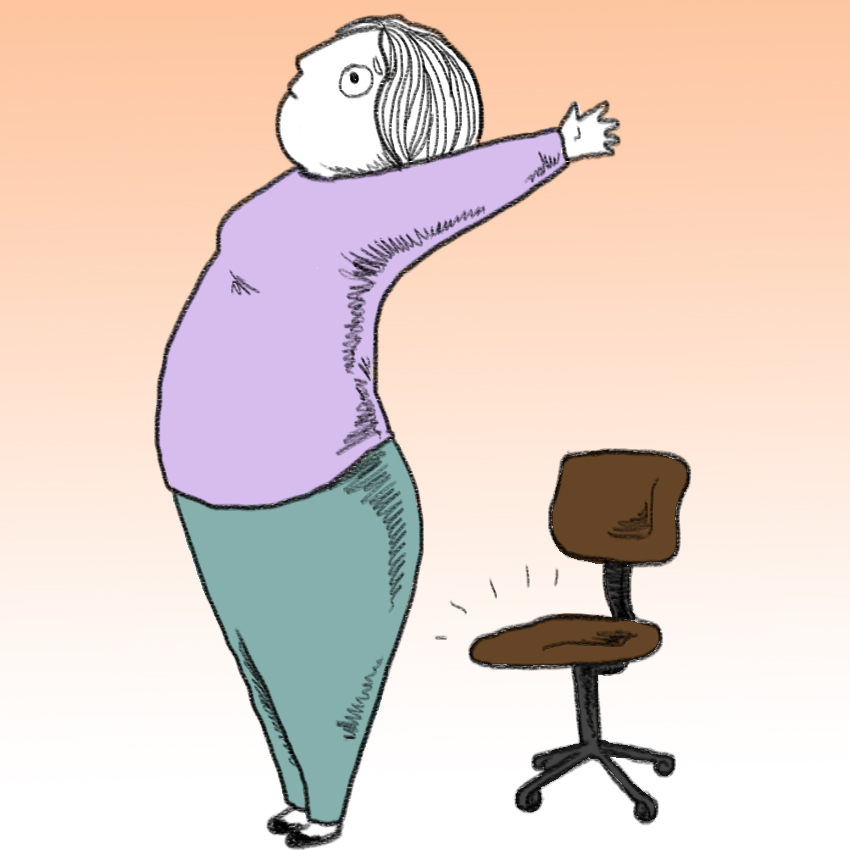
What can you do to lower your chances of getting a pilonidal cyst, or prevent them from coming back over and over again?
The best thing you can do is eliminate risk factors. If you have a job where you sit all day, make sure to get up and stretch your legs often.
You can also make sure to thoroughly wash the area and get rid of loose hair at least once a day to help lower your chances of developing a cyst.
Had you ever heard of a pilonidal cyst before?
Be sure to SHARE this important information with friends and family!

